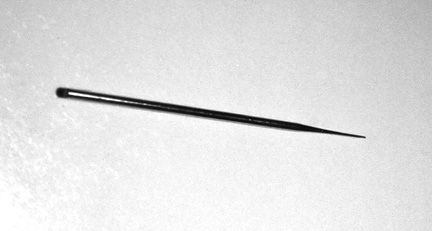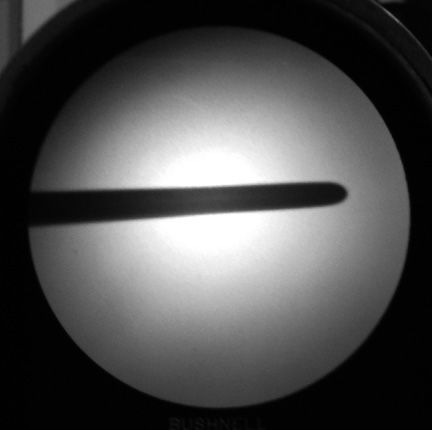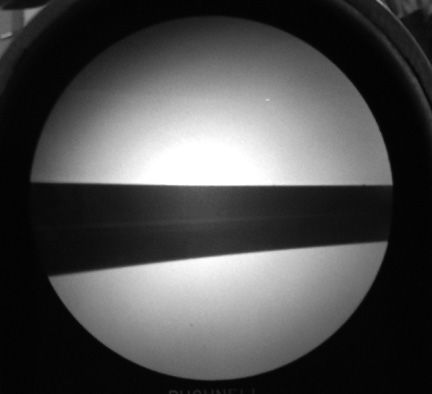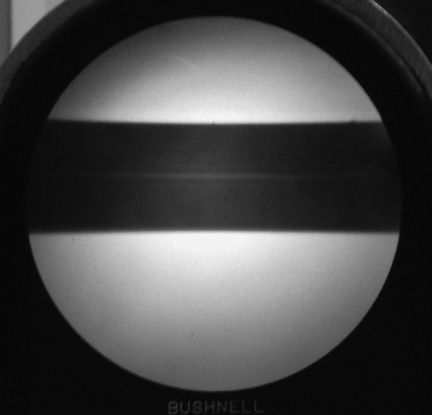I want to point out that my opinions and “criticisms” have nothing to do with anything on ANY personal level at all. My fervent belief is that we only progress forward when we are 100% neutral on a personal level … but fearless to point out either misdeeds or products that could use improvement. Below, I’m criticizing two of my most beloved friends …
Moisture gradient: Hinkel’s book talks about a “moisture gradient” in the skin, i.e., allegedly wetter in the deeper tissues, and progressively dryer in the upper tissues. This is a fallacy. (I learned this reality from plastic surgeons and dermatologists). Pretty much only the super-thin epidermis is “dryer” (inconsequential for electrolysis) and, for the most part, you can toss out this entire “moisture gradient” notion.
Papilla location: Hinkel’s book misinterpreted an “incorrect” drawing by William Montagna (in his landmark book on the skin). I know this, because Montagna himself told me his drawing was wrong. He was stunned and apologetic (yes, I questioned his drawing with my big fat mouth!). Consequently, for years people assumed that the papilla remains at “full anagen depth” (got confused about this “dermal cord” business) as the hair goes through various growth stages. Not so! And, that’s another error that won’t die easily. (And, probably at the heart of the killing “anagen only” silliness?)
Progressive epilation: Hinkel said that hairs “progessively” lift out of the follicle. Again, not so at all. Once your currents have reached the anchor, the hair slides out quickly; there is nothing gradual about how hairs “release.” I did keep Hinkel’s term in my book, but tried to switch the name to “two-handed technique,” because there is no “progressive epilation.”
All these errors remain in Hinkel’s text … and “the beat goes on!”
Ballet tips: My photo, the other day, showed the dreadful needle tip of Ballet tapered needles: blunt and difficult to insert (as opposed to the Laurier tip that is beautiful; and you can see this in the photo). I also spoke to Jim Paiser about this difficulty and he said he reported it to the factory. (I had just bought 3 packets of these, and they are nearly unusable). Note, Jim is one of my most beloved friends!
The point is that I’m an “equal opportunity pain in the butt.” My criticism has absolutely nothing to do with my feelings for anyone … I only wanted to point that out.
I will put together a little explanation of the tapered needles (with a good photo). Interesting that the “real item” was hand-made (drawn) on a jeweler’s lathe and there were TWELVE sizes. (I’ll try to make it short!)



